Bacon is a beloved staple on breakfast tables around the world, but even the most seasoned cooks can make mistakes when preparing this savory delight. From cooking techniques to seasoning choices, there are several common pitfalls that can affect the taste and texture of your bacon. In this blog post, we explore 15 common mistakes people make when cooking bacon at breakfast and provide insights on how to avoid them. Whether you’re a bacon enthusiast or just a casual consumer, these tips will help you elevate your bacon game to the next level.
Overcrowding the Pan
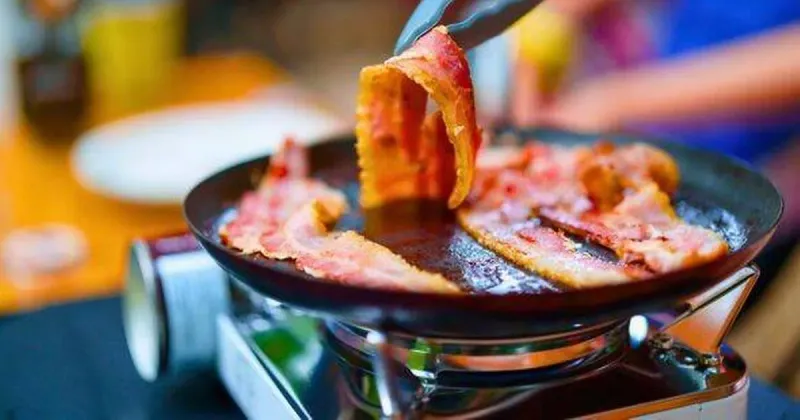
A common mistake when cooking bacon is overcrowding the pan. This results in uneven cooking and prevents the bacon from achieving its ideal crispiness. When bacon strips are too close together, they release steam, causing them to become soggy rather than crispy. Avoid this by leaving space between each strip in the pan.
Cooking in batches may take a little more time but ensures each piece gets the attention it deserves. Proper spacing allows the bacon to cook evenly and develop the desired texture that bacon lovers crave. Patience is key to breakfast bacon perfection.
Using High Heat
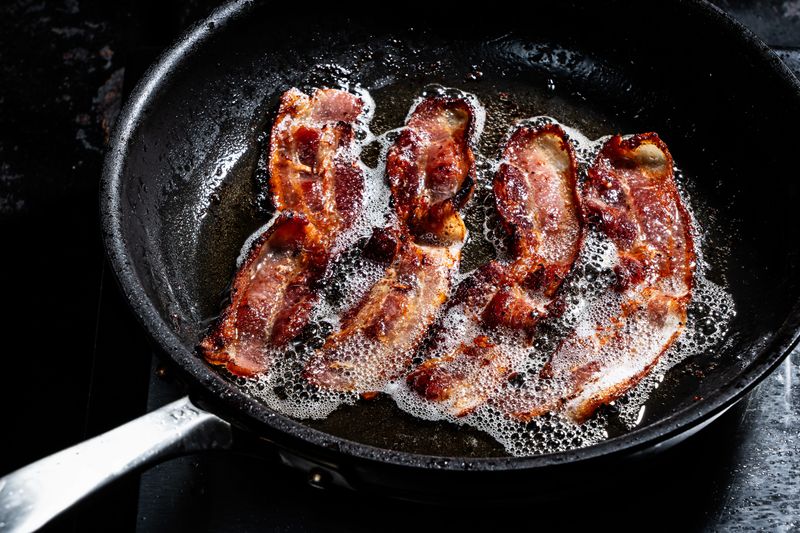
Cooking bacon on high heat may seem like a time-saver, but it often leads to burning. Bacon needs gentle cooking to render the fat and achieve a crispy texture without charring. High heat causes the edges to burn quickly while leaving the middle undercooked.
For best results, cook bacon over medium or medium-low heat. This allows the fat to render slowly, enriching the flavor and ensuring evenly cooked strips. Taking the time to adjust the heat properly results in perfectly cooked bacon that’s worth the wait.
Skipping the Oven Method
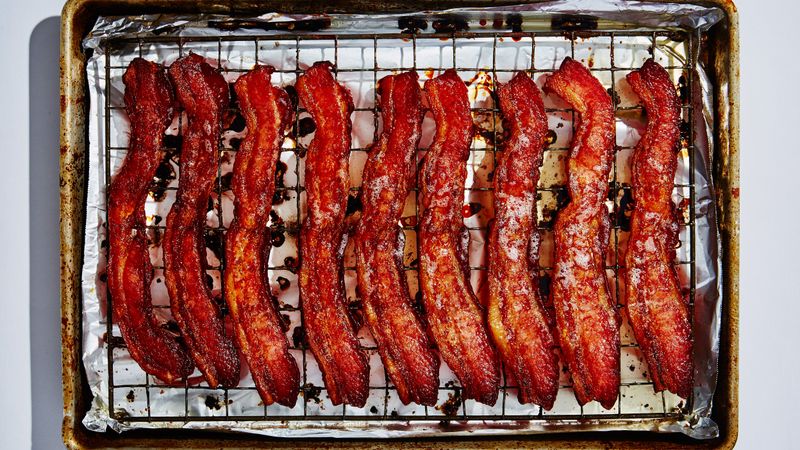
Many people overlook the oven method when cooking bacon, opting for the stovetop instead. However, baking bacon in the oven ensures even cooking and less mess. The oven allows heat to circulate around each strip, resulting in uniform crispiness.
To bake bacon, arrange strips on a wire rack over a baking sheet and cook at 400°F. This method also drains excess fat away, leaving you with perfect, less greasy bacon. Once you try it, the oven method might become your new favorite technique for bacon preparation.
Not Preheating the Pan
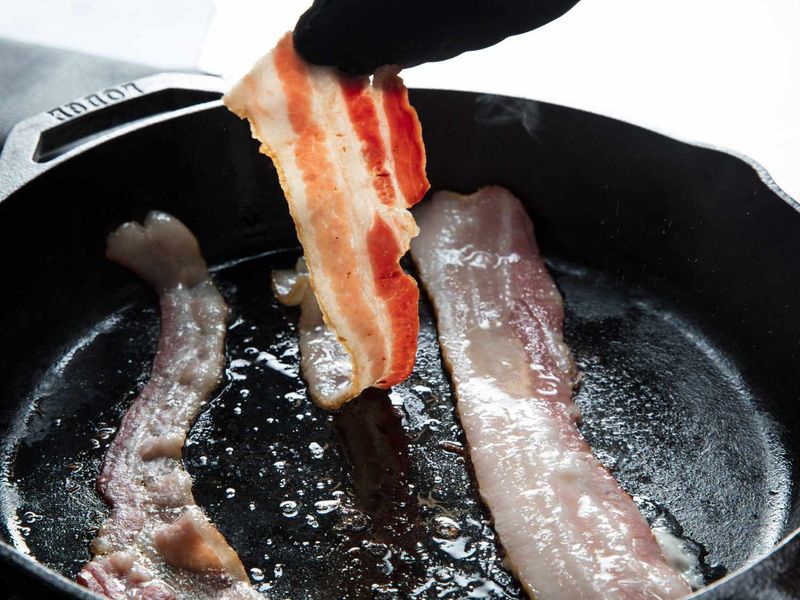
Placing bacon in a cold pan is a mistake that can lead to stickiness and uneven cooking. Without preheating the pan, bacon tends to adhere to the surface, making it difficult to flip and cook evenly. Starting with a cold pan also results in uneven texture.
To avoid this, preheat the pan on medium heat before adding the bacon. A properly heated pan allows bacon to crisp and release easily from the surface. This simple step contributes to better texture and a more enjoyable bacon experience.
Neglecting to Drain Grease
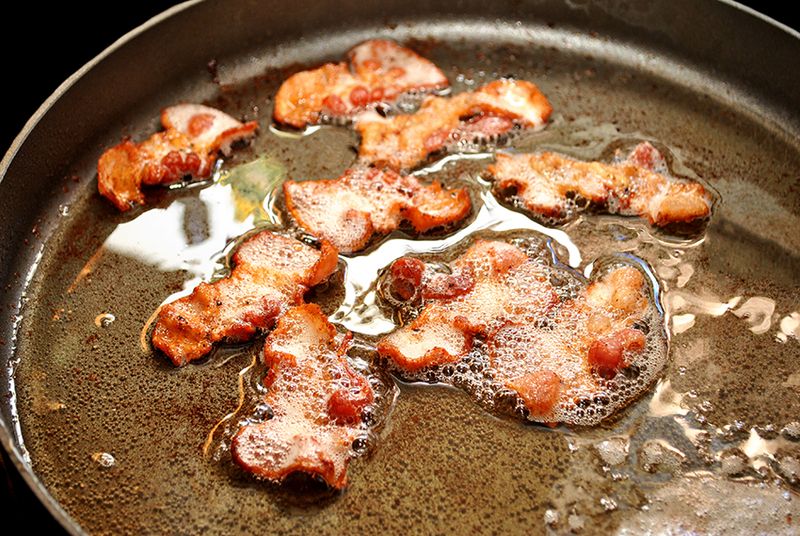
Neglecting to drain grease from the pan can result in greasy, less appetizing bacon. As bacon cooks, it releases fat that accumulates in the pan. If left unchecked, this grease can saturate the bacon, making it soggy instead of crispy.
To achieve perfectly crispy bacon, drain the excess grease as you cook. Use a spoon to carefully remove the grease, or tilt the pan to pour it into a receptacle. By managing the grease, you ensure that your bacon remains crisp and flavorful, enhancing your breakfast experience.
Choosing the Wrong Bacon Type
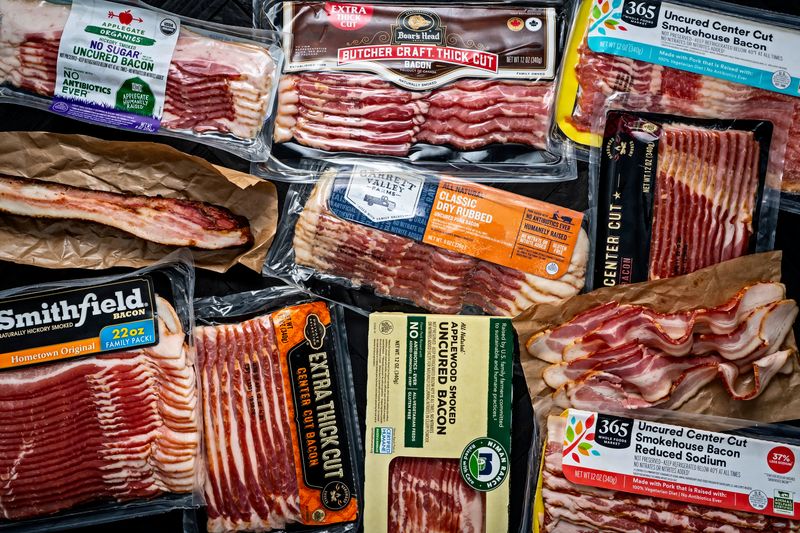
Bacon isn’t one-size-fits-all, and selecting the wrong type can lead to breakfast disappointment. With so many options, from smoked to unsmoked, thin to thick, the choice can be overwhelming. Consider your recipe and personal taste when choosing.
If you prefer crisp bacon, opt for thin slices; for a meatier bite, thick-cut is ideal. Additionally, think about the flavor profile; smoked bacon adds a rich layer to dishes, while unsmoked offers a subtle taste.
While experimenting with various types, you’ll find the perfect match for your morning meal.
Failing to Check Expiration Dates
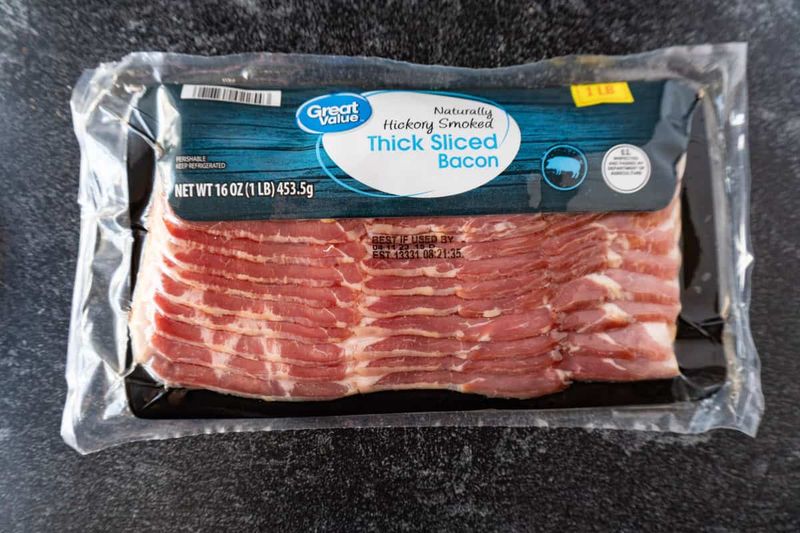
Freshness is key to delicious bacon, making it vital to check expiration dates before cooking. Stale bacon not only lacks flavor but can also pose health risks. Ensure that the bacon is well within its consumption window.
Consider using bacon soon after purchasing, as it maintains its quality better. Store it properly in the refrigerator and pay attention to any off smells or discoloration, as these are telltale signs of spoilage.
By being vigilant with dates, you can enjoy bacon that’s both tasty and safe, enhancing your breakfast experience.
Improper Bacon Storage

Proper storage keeps bacon fresh and flavorful. Bacon should be kept in its original packaging or a sealed container and placed on a refrigerator shelf, not the door, where temperatures fluctuate.
If freezing, wrap bacon in airtight packaging to prevent freezer burn. This ensures that the texture and taste remain intact when thawed for cooking. Avoid leaving bacon out at room temperature, as this accelerates spoilage.
Attention to storage details will keep your bacon at its best, ready to enrich your morning meals with its savory goodness.
Cutting Bacon Too Soon
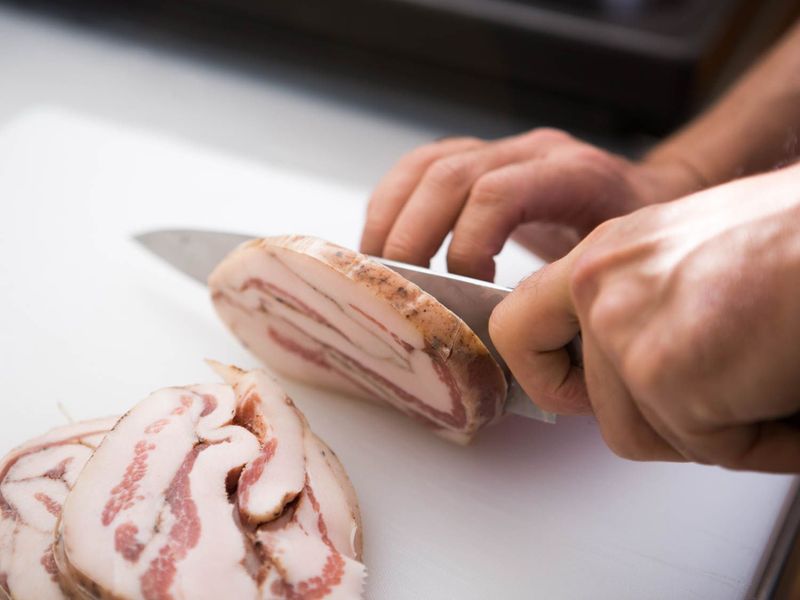
Timing is everything, especially when cutting bacon. It’s tempting to cut it into pieces right away, but sometimes patience is a virtue.
Whole strips often cook more evenly and crisply, providing the ideal bacon texture. If your recipe calls for smaller pieces, consider cooking first and then cutting.
This approach ensures that every bite has the perfect balance of crispiness and flavor. Though it requires a bit of extra time, the results will reward your patience with delectable, well-cooked bacon every time.
Ignoring the Bacon’s Quality
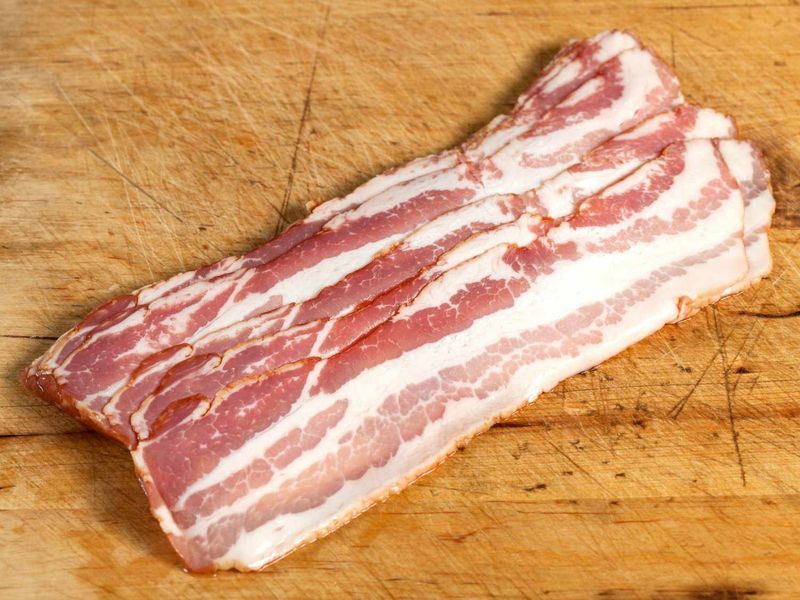
Not all bacon is created equal, and quality makes a significant difference in taste and texture. Look for bacon from reputable brands that emphasize quality ingredients and humane farming practices.
Inspect packaging for nutrition information and quality seals to ensure you’re getting a superior product. High-quality bacon tends to have a better fat-to-meat ratio, offering a more satisfying flavor and less shrinkage when cooked.
By investing in quality, your morning bacon transforms from ordinary to extraordinary, bringing a gourmet touch to your breakfast table.
Overlooking Bacon Alternatives
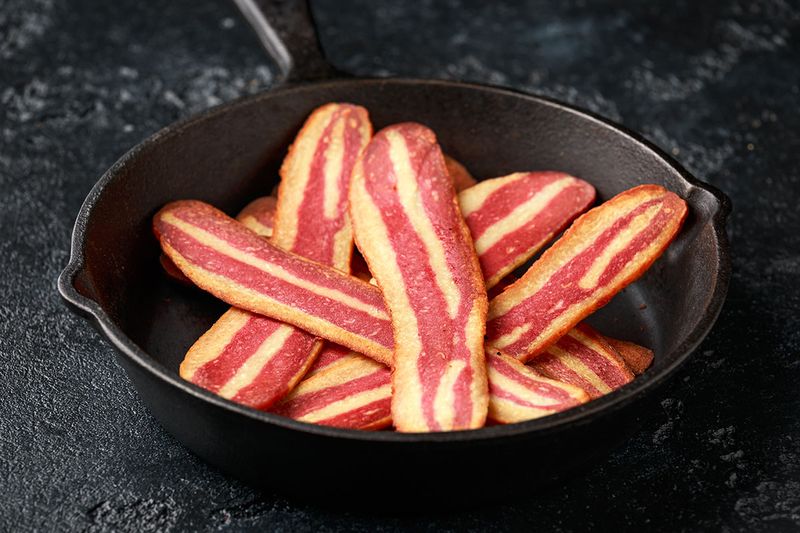
For those looking to diversify their breakfast, exploring bacon alternatives can be a delightful venture. Options like turkey bacon and plant-based varieties provide different flavors and textures.
These alternatives cater to specific dietary needs, offering lower fat or vegan solutions without sacrificing that beloved bacon taste. Each has unique cooking requirements, so understanding these nuances ensures satisfying results.
Trying alternatives can add variety to your meals and accommodate diverse tastes, making breakfast an inclusive and exciting experience for everyone at the table.
Cooking Bacon Unevenly
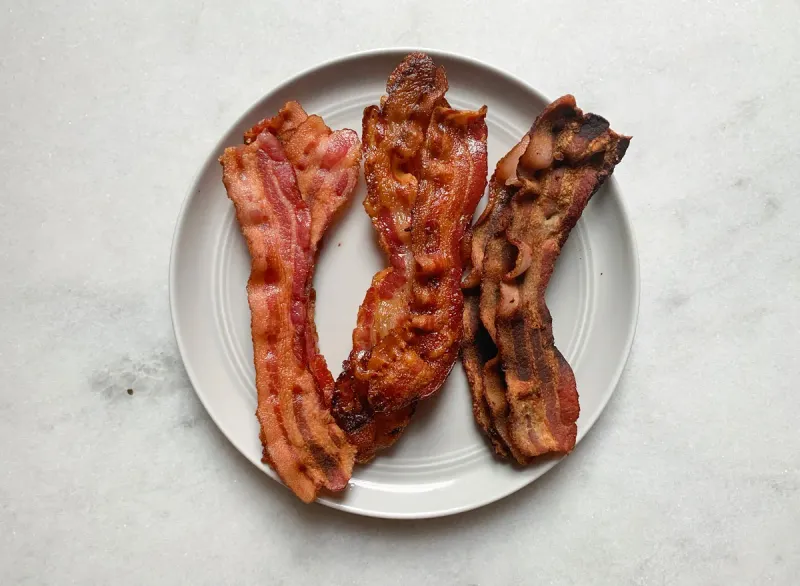
Achieving uniformly cooked bacon can be tricky, but it’s essential for the perfect breakfast experience. Uneven cooking often stems from inconsistent heat or crowded pans.
To avoid this, maintain a steady, moderate heat and give each strip enough room in the pan. Consider flipping the bacon regularly to ensure even exposure to heat.
Using a cast-iron skillet or baking in the oven can provide more reliable results. Paying attention to cooking methods allows you to serve bacon that’s consistently crisp and delicious.
Using the Wrong Cooking Oil
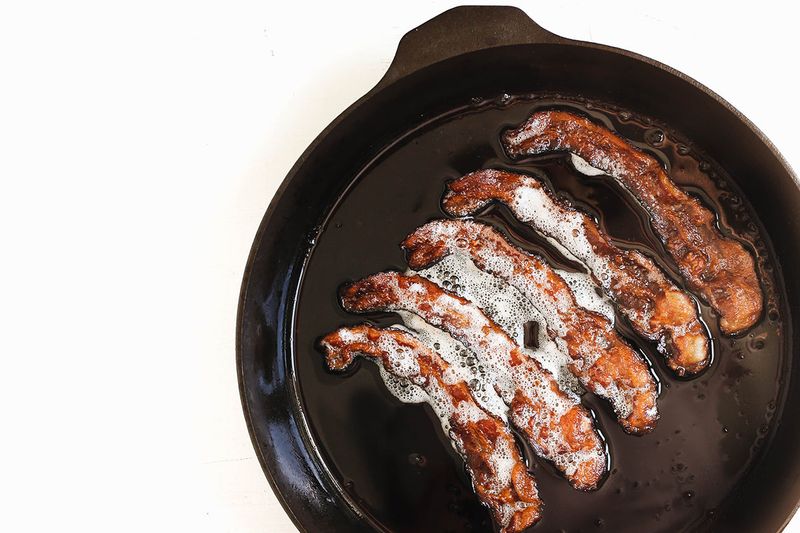
Choosing the right cooking oil influences the final taste and texture of bacon. Some oils have flavors that can overpower the bacon’s natural taste.
Neutral oils like canola or vegetable oil are preferable, as they allow bacon’s own flavors to shine. Alternatively, some may choose to cook bacon in its own fat, enhancing its taste further without additional oils.
Understanding the impact of oil choice ensures your bacon remains the star of the breakfast plate, with its flavors unmasked by unsuitable cooking partners.
Not Resting Bacon After Cooking
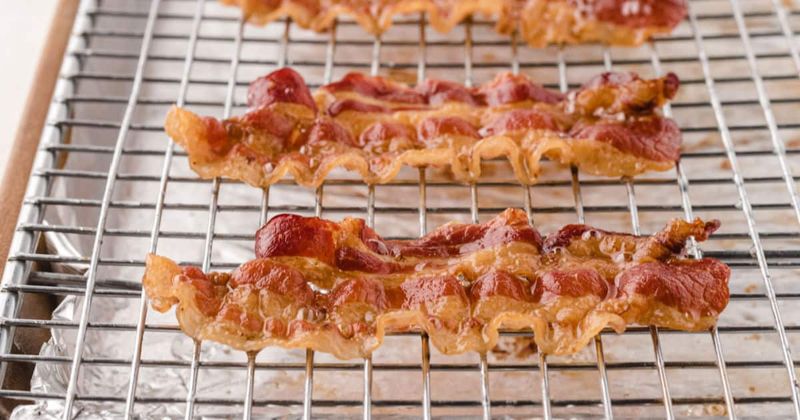
Resting bacon after cooking is a small step with a big impact on texture and taste. Allowing it to sit on a wire rack for a moment lets excess oil drain, preserving crispiness.
Skipping this step can result in soggy bacon, as it continues to cook in its grease. The result is a less desirable texture that detracts from the dish.
By embracing this simple practice, you elevate your bacon game, serving strips that are perfectly crisp and ready to complement any breakfast spread.
Ignoring Bacon’s Versatility

Bacon’s versatility often goes unnoticed, yet it can be the star ingredient in many breakfast creations. Beyond traditional pairings, bacon enhances everything from pancakes to salads.
Experiment with incorporating bacon into unconventional dishes. Its savory profile adds depth to sweet and savory dishes alike, making it a versatile addition to any meal.
By exploring bacon’s potential in different culinary contexts, you can transform ordinary breakfasts into memorable culinary adventures, showcasing bacon’s ability to delight in every bite.
Leave a comment